Every Registered Taxable person has to file electronically with the Tax authorities, the details of outward supplies of goods or services or both in Form GSTR-1, on or before the 10th day of month, succeeding the Tax period If a supplier exceeds the maximum threshold limit, then he has to first get himself registered under GST.
GST means goods and service tax, Goods and Service Tax is considerable indirect tax revolutionize of India, urgent need of Goods and Service Tax for avoiding inconvenience in the tax system of Country. Incorporation of heterogeneous Central and State taxes into a single tax would help alleviate the double taxation, descend, multiplicity of taxes, classification issues, taxable events, and etc, and leading to a common national market. Value Added Tax rates and regulations differ from state to state. On the other hand, GST brings in a uniform tax system across all the states. On 29 March 2017 Goods and Service tax act passed in the parliament, this came in to effect on 1st July 2017.
The Goods and Services Tax is a comprehensive, multi-stage, and destination- based tax levied on manufacture, sale, and consumption of goods and services at a national level.
In simple words, the goods and services tax is one indirect tax for the entire country.
Types of GST Annual Return Filing
Normal Taxpayers has to file three returns:
GSTR (1): Goods and Services tax return 1, deals with details of outwards supplies paid till 10 of each month.
GSTR (2): Goods and Services tax return 2, deals with details of inward supplies paid till 15 of each month.
GSTR (3): Goods and Services tax return 3, deals with a monthly return paid till 20 of each month.
Other GSTR deals with:
GSTR (4): Goods and Service tax return 4 deals with registered under composition scheme, paid till 18th October, January, April, and July.
GSTR (5): Goods and Service tax return 5 deals with nonresident taxable persons paid till 20 of every month within 7 days after the expiry of registration.
GSTR (6): Goods and Services tax return 6 deals with Input Service Distributors paid till 13 of every month.
GSTR (7): Goods and Services tax return 7 deals with authorities deducting tax at sources paid till 10 of every month.
GSTR (8): Goods and Service tax return 8 deals with E-Commerce Operators paid till 10 of every month.
GSTR (9): Goods and Service tax return deals with registered persons, paid till 31st December of the Next Financial year.
GSTR (10): Goods and Service tax return deals with all forms canceled and surrender, again filed within 3 months of date of cancellation order or surrender.
GSTR (11): Goods and Service tax return deal with Unique Identity Number recognized by Embassies and UN bodies.
Advantages of GST Annual Return Filing
- Less Compliance.
- No need to pay multiple taxes.
- Single tax all over the nation.
- Higher Threshold limit to get registered under GST.
- Composition Scheme for Small Businesses.
- To avoid Penalties and Fees for not filing / late filing.
- To claim the Input Tax Credit of taxes paid.
How eStartIndia can help you to furnish your GST compliances
eStartIndia is the best business and legal services platform for services relating to GST Annual Return Filing, offering a variety of Tax filing services like Income tax returns, PF, TDS, and ESI returns
eStartIndia will help you to file your GST returns from the comfort of your home, offering you services that are very specialized and tailored for each individual.
Get a Free Consultation with our Top rated Tax experts with a simple registration.
Details required for GST Annual Return Filing
- GSTIN.
- Name.
- Period of Return filing.
- Aggregate turnover of the Taxpayer.
- Transaction of outward supplies invoices wise & Consolidated.
- Transaction of inward supplies.
- Details debit and credit note issues if any.


